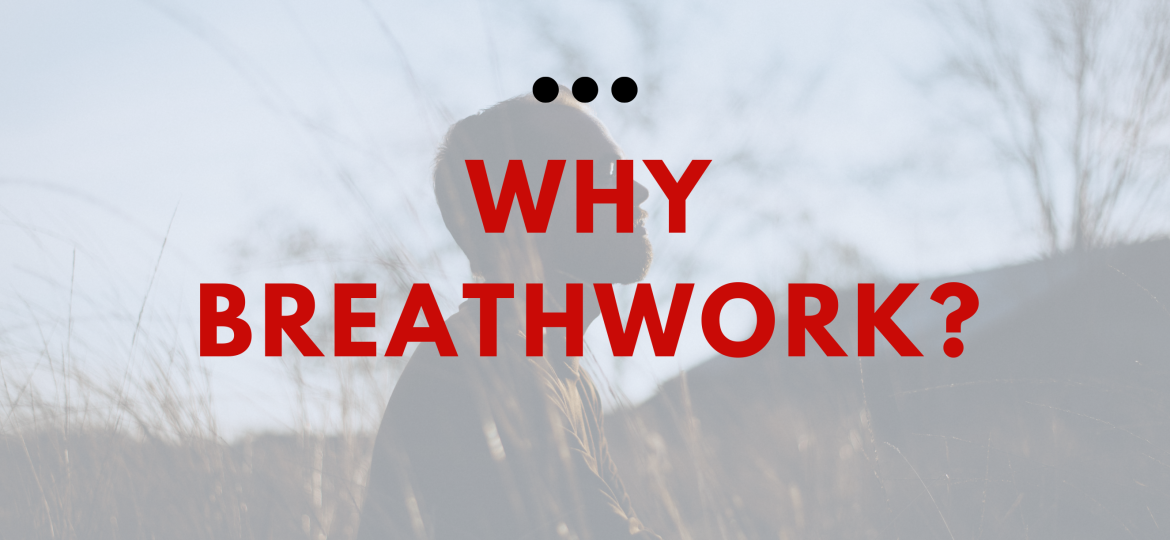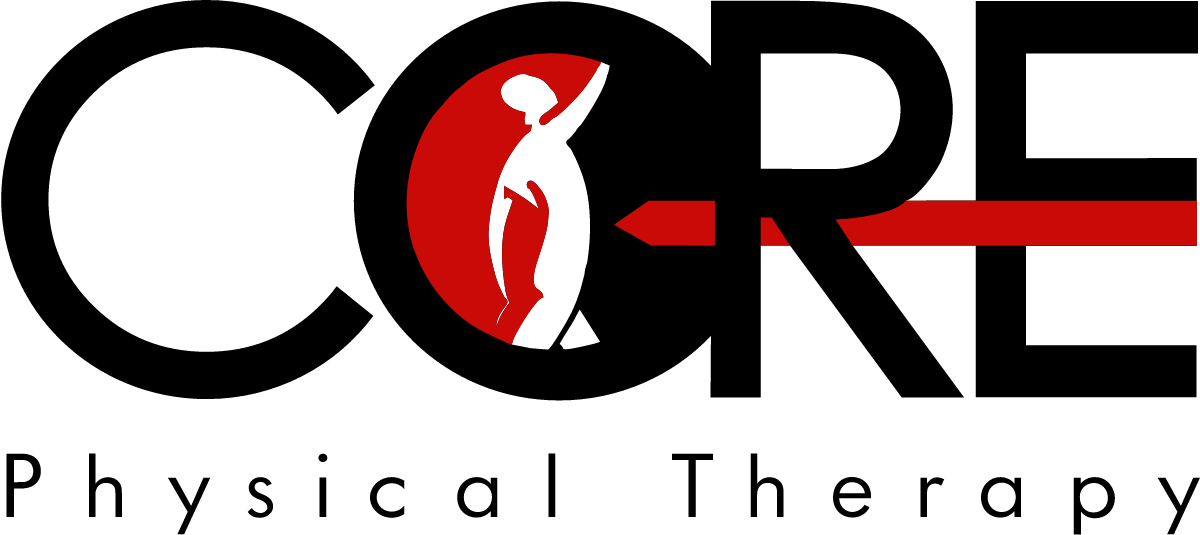
This blog post was written by Jacob Hardy, a Core Physical Therapy PT who specializes in breathing disorders.
As a Buteyko breathing specialist, I often encounter the question: Why do breathwork? Let’s explore some of my favorite reasons behind this ancient yet scientifically-backed practice.
Breathwork, an umbrella term for various breathing techniques, has roots in ancient practices but is supported substantially by modern science. It’s not just about taking a deep breath every now and then; it’s about how you breathe, when you breathe, and understanding the impact of each breath on your body.
Stress Reduction
Our fast-paced lives often leave us in a constant state of stress. Breathwork, particularly the Buteyko method, can help shift your body from a state of stress (fight or flight) to relaxation (rest and digest). Controlled light breathing exercises can activate your parasympathetic nervous system, reducing stress hormones and promoting a sense of calm.
Improved Oxygen Utilization
A key principle of the Buteyko method is the balance of oxygen and carbon dioxide levels in the body. While oxygen is vital, an optimal level of carbon dioxide is crucial for efficient oxygen utilization. The Buteyko technique teaches you to breathe more efficiently, enhancing the oxygen delivery to your tissues and organs.
Better Sleep Quality
Many people suffer from sleep disturbances, often related to improper breathing. Breathwork can help regulate your breathing patterns, leading to improved sleep quality. Techniques like reduced breathing can be particularly effective in managing sleep-related issues like snoring or sleep apnea.
Enhanced Physical Performance
For the athletes among us, breathwork can be a game-changer. Efficient breathing means better endurance and performance with less breathlessness during high intensity activities. The Buteyko method can help improve your breath control and lung function, which is essential for enhanced performance.
Emotional Balance
Breathwork is not just for physical health; it’s also a tool for emotional regulation. Controlled breathing can help in managing emotions, reducing anxiety, and promoting a sense of well-being. It can be especially effective for children dealing with ADHD, hyperactivity, and emotional dysregulation.
Incorporating breathwork into your daily routine can start with just a few minutes each day. Focus on slow, controlled nasal breathing, and be mindful of your body’s responses. A good exercise to start with is to sit comfortably, then place one finger under your nose. Breathe lightly so that you feel as little air as possible on the finger under your nose. This will train you to breathe lighter and slower, improving carbon dioxide balance and improving symptoms of dysfunctional breathing over time.
Why Choose the Buteyko Method?
The Buteyko method stands out for its simplicity and effectiveness. It’s about retraining your breathing habits to improve your overall health and get to the core of the issue, not just treating symptoms.
Ready to unlock the benefits of efficient breathing? At Core PT we offer personalized breathing consultations to help you master the Buteyko technique. Our goal is to guide you toward a healthier, more balanced life through better breathing. Contact us today to learn more.
